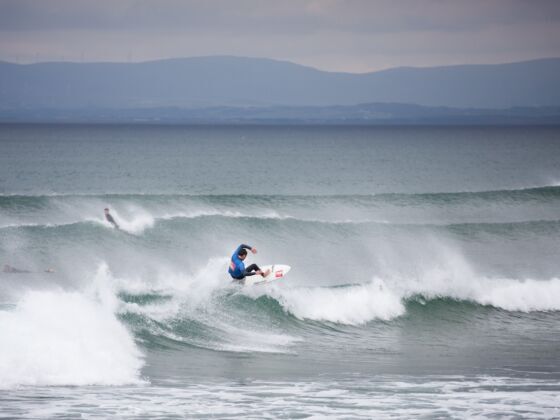Surfing is currently enjoying a renaissance not seen since the pre-missionary days in Hawaii. Never before have such a diverse group of participants enjoyed the sensation of riding waves. As a grizzled veteran who has spent the last four decades roaming our shores, these are ten common mistakes I regularly see aspirant surfers making.
1. The definition of surfing is too narrow.
Shortboard, Longboard, Bodyboard, SUP, Bodysurfing, Kite Surfing, and Wind Surfing are all different ways to connect with and enjoy the energy of breaking waves. If you keep an open mind to what surfing can be you’ll have more ways to go surfing.
Tip: Bodysurfing is the most underrated and overlooked of the wave riding arts.
